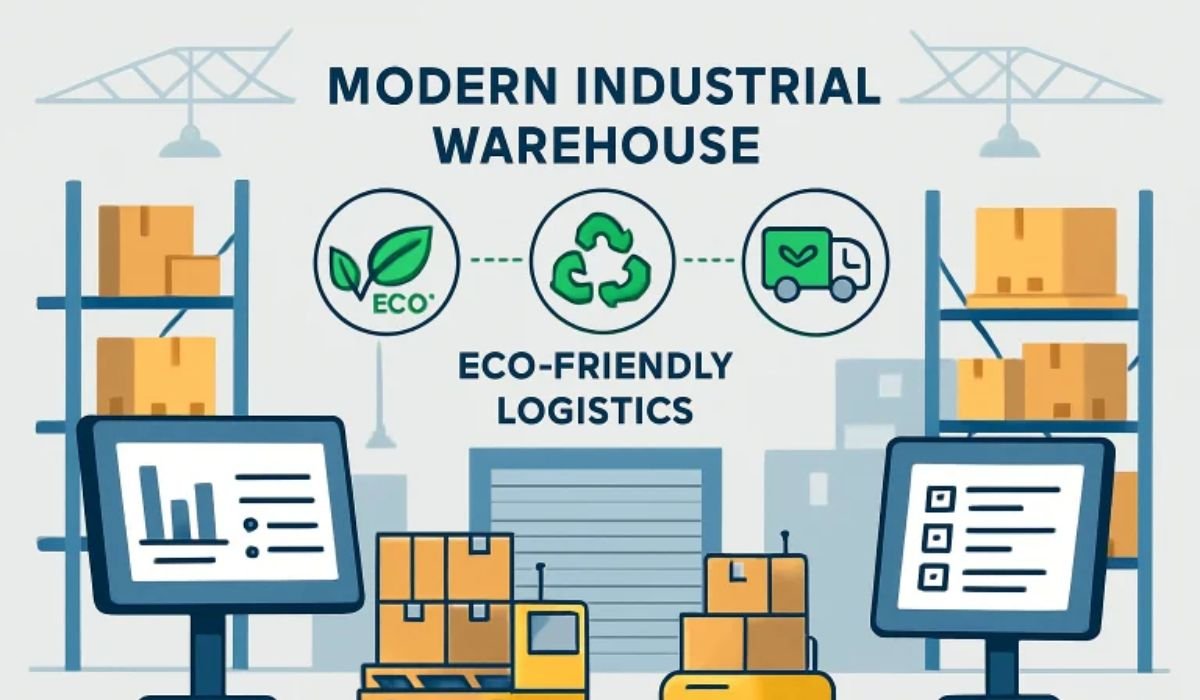The digital transformation of the financial industry has given rise to various innovative payment solutions, and one of the most notable advancements is the tap-to-mobile payment option. This technology allows consumers to make payments simply by tapping their mobile devices against a merchant’s point-of-sale (POS) system. While this method offers a range of benefits, it also presents certain challenges. In this article, we will explore the pros and cons of tap-to-mobile payments, the role of Independent Sales Organizations (ISOs) and Merchant Service Providers (MSPs) in credit card processing, and the function of payment gateways in this context.
Understanding Tap-to-Mobile Payments
Tap-to-mobile payments, also known as contactless payments, leverage Near Field Communication (NFC) technology to facilitate quick and secure transactions. Consumers can use their smartphones or contactless cards to make payments without physically swiping or inserting their cards into a terminal. This method has gained popularity due to its convenience and speed, particularly in retail environments.
Pros of Tap-to-Mobile Payments
1. Convenience and Speed
One of the primary advantages of tap-to-mobile payments is the convenience it offers. Transactions are completed quickly with a simple tap, reducing wait times at checkout counters. This is especially beneficial for high-traffic environments such as grocery stores, cafes, and public transportation.
2. Enhanced Security
Tap-to-mobile payments are generally more secure than traditional card transactions. The use of tokenization, where a unique token replaces the actual card information during the transaction, minimizes the risk of card data being intercepted by fraudsters. Additionally, mobile devices often require biometric authentication (such as fingerprint or facial recognition) before authorizing a payment, adding an extra layer of security.
3. Improved Customer Experience
The seamless and swift nature of tap-to-mobile payments enhances the overall customer experience. Shoppers appreciate the ease of making quick payments, which can lead to increased customer satisfaction and loyalty. The reduction in checkout time also allows merchants to serve more customers efficiently.
4. Reduced Need for Physical Contact
In the wake of the COVID-19 pandemic, minimizing physical contact has become a priority for both consumers and businesses. Tap-to-mobile payments reduce the need for handling cash or touching payment terminals, aligning with health and safety guidelines and providing peace of mind to customers.
5. Versatility and Integration
Tap-to-mobile payment solutions are versatile and can be integrated with various mobile wallets and banking apps. This flexibility allows consumers to choose their preferred payment method, whether it’s Apple Pay, Google Pay, Samsung Pay, or other contactless options. For merchants, this means accommodating a wider range of customer preferences.
Cons of Tap-to-Mobile Payments
1. Technology Adoption and Compatibility
Despite the growing popularity of tap-to-mobile payments, not all consumers and merchants have adopted the necessary technology. Some consumers may still prefer using traditional payment methods, and smaller businesses might not have upgraded their POS systems to support NFC technology. This can limit the widespread adoption and utility of tap-to-mobile payments.
2. Security Concerns
While tap-to-mobile payments are generally secure, they are not entirely immune to security risks. For instance, if a smartphone is lost or stolen, unauthorized transactions could occur before the device is locked or reported. Additionally, sophisticated cyber-attacks could potentially exploit vulnerabilities in the technology.
3. Transaction Limits
In some regions, contactless payments are subject to transaction limits, meaning they can only be used for purchases up to a certain amount. For larger transactions, consumers may need to revert to traditional payment methods, which can be less convenient.
4. Dependence on Technology
Tap-to-mobile payments rely on the functionality of smartphones and NFC technology. Technical issues such as battery depletion, software glitches, or network outages can disrupt the ability to make payments, leading to potential inconvenience for consumers and merchants alike.
5. Privacy Concerns
Some consumers have reservations about the privacy implications of tap-to-mobile payments. The data generated through mobile transactions can be extensive, and there are concerns about how this data is used and protected by service providers. Ensuring robust data privacy measures is crucial to addressing these concerns.
The Role of ISOs and MSPs in Credit Card Processing
Independent Sales Organizations (ISOs) and Merchant Service Providers (MSPs) play a crucial role in the credit card processing ecosystem, particularly in the context of tap-to-mobile payments. These entities act as intermediaries between merchants and credit card networks, providing the necessary infrastructure and support to facilitate card transactions.
ISOs and MSPs: Functions and Benefits
1. Merchant Onboarding and Support: ISOs and MSPs assist merchants in setting up their payment processing systems, including the integration of tap-to-mobile payment options. They provide ongoing support to ensure smooth operation and address any technical issues that may arise.
2. Risk Management: These organizations help manage the risks associated with credit card processing by implementing fraud detection and prevention measures. This is particularly important for tap-to-mobile payments, where security is a key concern.
3. Compliance and Regulation: ISOs and MSPs ensure that merchants comply with industry regulations and standards, such as the Payment Card Industry Data Security Standard (PCI DSS). Compliance is essential for protecting sensitive payment information and maintaining the integrity of the payment ecosystem.
4. Payment Gateway Integration: ISOs and MSPs often facilitate the integration of payment gateways, which are essential for processing transactions securely. Payment gateways act as the bridge between the merchant’s POS system and the credit card networks, encrypting and transmitting transaction data.
The Role of Payment Gateways in Tap-to-Mobile Payments
Payment gateways and credit card processors are a critical component of the tap-to-mobile payment process. They facilitate the secure transmission of payment data from the consumer’s mobile device to the merchant’s acquiring bank and the card networks. Here’s how payment gateways contribute to the efficiency and security of tap-to-mobile payments:
1. Data Encryption: Payment gateways encrypt transaction data to protect it from interception during transmission. This ensures that sensitive information, such as credit card details, is kept secure.
2. Transaction Authorization: Once the payment data is transmitted, the payment gateway communicates with the card networks to authorize the transaction. This involves verifying the card details and ensuring that sufficient funds are available.
3. Settlement and Reporting: After authorization, the payment gateway facilitates the settlement of funds into the merchant’s account. It also provides detailed reporting and analytics, allowing merchants to track their transactions and manage their finances effectively.
4. Fraud Prevention: Payment gateways incorporate advanced fraud detection tools that analyze transaction patterns and identify suspicious activities. This helps mitigate the risk of fraudulent transactions and enhances the overall security of tap-to-mobile payments.
The Future of Tap-to-Mobile Payments
The future of tap-to-mobile payments looks promising, driven by ongoing technological advancements and changing consumer preferences. Here are some key trends that are likely to shape the future of this payment method:
1. Increased Adoption: As more consumers become comfortable with contactless payments and more merchants upgrade their POS systems, the adoption of tap-to-mobile payments is expected to grow. This will be further fueled by the proliferation of NFC-enabled devices and the expansion of mobile wallet services.
2. Enhanced Security Features: Continued innovation in security technologies, such as biometric authentication and blockchain, will enhance the security of tap-to-mobile payments. These advancements will address existing security concerns and provide greater peace of mind to consumers and merchants.
3. Integration with Emerging Technologies: Tap-to-mobile payments are likely to integrate with other emerging technologies, such as the Internet of Things (IoT) and artificial intelligence (AI). For example, IoT-enabled devices could facilitate seamless payments in smart homes and connected cars, while AI could improve fraud detection and customer service.
4. Global Expansion: The adoption of tap-to-mobile payments is expected to expand globally, with developing markets embracing the technology as part of their digital transformation efforts. This will create new opportunities for ISOs, MSPs, and payment gateway providers to support merchants in these regions.
5. Regulatory Evolution: As the payment landscape evolves, regulatory frameworks will continue to adapt to ensure the security and integrity of tap-to-mobile payments. Compliance with these regulations will be crucial for all stakeholders involved in the payment processing ecosystem.
Conclusion
Tap-to-mobile payments offer a range of benefits, including convenience, enhanced security, and improved customer experience. However, they also present challenges such as technology adoption, security concerns, and privacy issues. ISOs, MSPs, and payment gateways play vital roles in facilitating and securing these transactions, ensuring that merchants can provide a seamless and secure payment experience to their customers.
As the technology continues to evolve and gain acceptance, tap-to-mobile payments are poised to become a standard payment method in the digital economy. By addressing the existing challenges and leveraging emerging technologies, the industry can unlock the full potential of tap-to-mobile payments and drive the future of contactless transactions.











